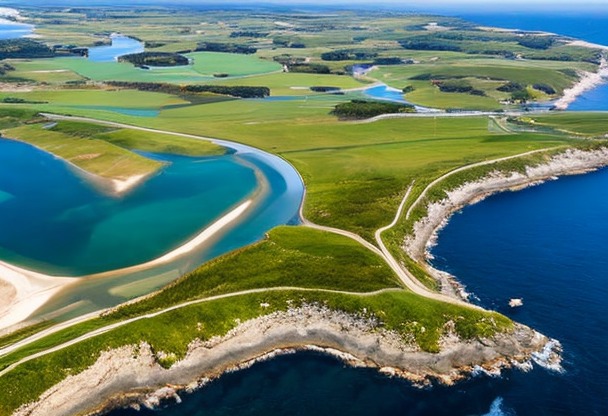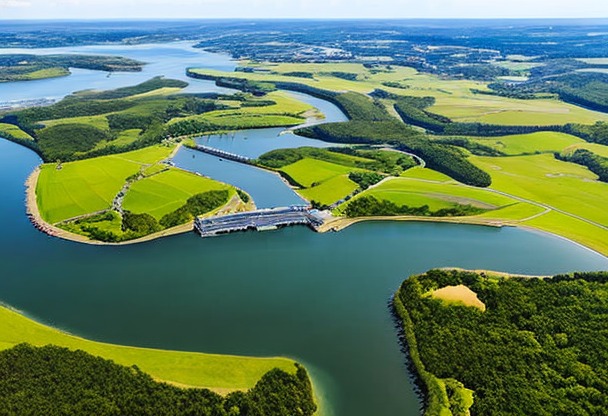WHEN TO TRAVEL TO DENMARK
Choosing the right period for your trip to Denmark can make all the difference. It's important to consider weather elements, seasonal events and peak tourist periods to maximize your travel experience.

Location
Climate
Public holidays and cultural highlights in Denmark
Throughout the year, Denmark celebrates a number of public holidays and cultural events that punctuate local life. Here are a few not to be missed:- New Year's Day (January 1st) New Year's Day in Denmark: as elsewhere in the world, New Year's Day is a public holiday in Denmark. Celebrations take place mainly on New Year's Eve, with fireworks and night-time festivities.
- Easter (date varies) Easter: Easter is an important religious festival in Denmark, and several days are public holidays, including Good Friday, Easter Monday and sometimes even Maundy Thursday.
- National holiday (June 5) Grundlovsdag, Constitution Day, is celebrated every year on June 5. It's an opportunity for Danes to celebrate their patriotism and attend political speeches across the country.
- Christmas (December 24-26) Christmas: Christmas festivities begin in November with typical Christmas markets, while public holidays are from December 24 to 26 inclusive.
- Roskilde Festival (June - July) The world-famous music festival attracts thousands of visitors who come to enjoy open-air concerts, art installations and a variety of activities over several days.
- Aarhus Festuge (August - September) For 10 days, the city of Aarhus is transformed into a vast cultural playground, with dance, theater, music and many other surprises.
- Copenhagen Jazz Festival (July) Copenhagen Jazz Festival: this annual event celebrates jazz in all its forms, with free and ticketed concerts all over Copenhagen.
- Viking Moot (July) Aarhus: this medieval market takes place every year in Aarhus, bringing together craftsmen, musicians, fighters and storytellers to bring the Viking age to life.
Seasons in Denmark: from low to high tourist season
The Danish climate is oceanic temperate, with generally mild winters and cool summers. Precipitation is distributed throughout the year, although November and December are often wetter than other months. To choose the best time to visit Denmark, you need to take into account weather conditions and tourist numbers.Low season (November - March)
Winter is low tourist season Denmark, with average temperatures between 0 and 5°C between November and March. Days are short and the weather can be rainy or snowy. Although this period is less suitable for outdoor activities, it nevertheless offers advantages such as lower accommodation rates and a warm atmosphere in the cities with the Christmas illuminations.Mid-season (April - June, September - October)
Spring and autumn are intermediate periods in terms of tourist numbers. Temperatures are pleasant, between 10 and 15°C, so you can enjoy parks, beaches and historic sites without suffering too much from the cold or heat. Accommodation rates are also reasonable, and there are fewer cultural events than in the high season.High season (July - August)
Summer is the most popular time to visit Denmark, with temperatures averaging around 20°C in July and August. The days are long and sunny, allowing you to take full advantage of tourist attractions and outdoor activities. However, you can expect a high number of visitors and higher accommodation prices during this period.Insurance
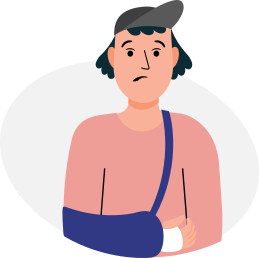
Your credit card does not cover you in all situations, that is whyIt is essential to take out insurance before you leave to avoid any unpleasant surprises. If you need to see a doctor or be hospitalized, in some countries, medical costs are very high and you will then find yourself having to pay several thousand euros.
Our partner Chapka Insurance proposes the contract CAP ASSISTANCE 24/24 with many essential guarantees.
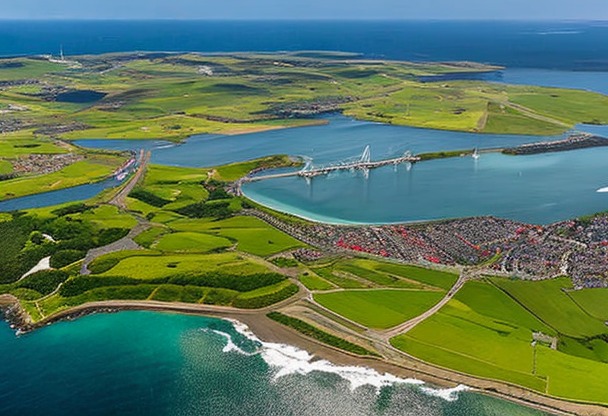
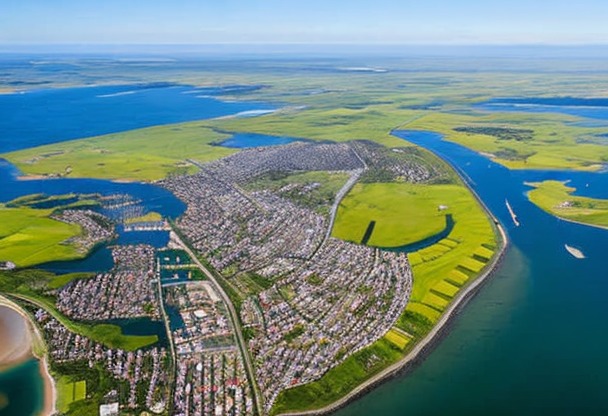
Flights

Your flight has been cancelled or delayed ?
You may be eligible for a compensation of up to €600 ! For this, lawyers are responsible for handling your claim with the airline and are only paid when the reimbursement is effective.
In conclusion, no financial risk for you, only advantages!
Immigration statistics for Denmark
According to official data published by the Danish government, the number of immigrants entering the country has risen steadily in recent years. In 2019, almost 94150 people entered Denmark, of whom around 52% were non-EU nationals. The main reasons for immigrating to Denmark include :- Search for a better standard of living
- Higher education or vocational training
- Job opportunities and attractive working conditions
- Fleeing conflict and persecution in countries of origin
Origin of immigrants to Denmark
The main countries of origin for immigrants are Syriathe Romania and the Poland. Vulnerable people, such as refugees from conflict zones, also make up a large percentage of the immigrant population.Most popular visas in Denmark
The Danish government offers various types of visas and residence permits to meet the needs of potential immigrants.Schengen Visa
The Schengen visa is the most common type of visa required to enter Denmark. It allows holders to travel freely within the Schengen area for up to 90 days within a 180-day period. This visa is mainly used for tourist or family purposes, but can also be requested for professional or cultural reasons.Temporary residence permit
This type of permit is issued for a limited period and allows foreigners to live and work in Denmark during this time. Temporary residence permits are generally granted for the following reasons:- Employment (including EU Blue Card holders)
- Studies
- Scientific research
- Vocational training
- Family reunification
Permanent residence permit
After living legally in Denmark for a certain number of years (usually between 4 and 8 years, depending on circumstances), immigrants can apply for a permanent residence permit. This type of permit offers greater stability and entitles holders to the same social rights as Danish citizens.International tourism figures for Denmark
Denmark is a popular tourist destination in Europe, attracting millions of visitors from all over the world every year. In 2019, the country welcomed around 11.8 million foreign tourists, with average annual growth of 3.7% since 2010. The main nationalities among international tourists are :- Germans
- Norwegians
- British
- Americans
- Swedish
Popular tourist attractions and activities
Denmark offers a variety of attractions and activities for tourists, including:- Visit the historic capital, Copenhagen
- Discover castles and museums
- Explore Jutland's wilderness and beaches
- Cycling in bike-friendly cities
- Taste local gastronomy and craft beers
